
Office of Environmental Health and Safety
Bloodborne Pathogen Training for Low Risk Personnel
Revised: March 17, 2017
Training Support
This training
module must be taken during normal working hours so that you have ready access
to Taylor Kriete, Biological Safety Officer. He is available at (504) 952-1337
to answer any questions you have related to this training.
Contents
- Introduction
- Bloodborne
Pathogen Information
- Risk
Determination
- Exposure
Response
- Work
Practices
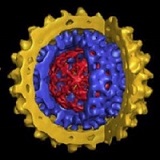

I. Introduction
- Personnel
who may encounter blood or body fluids, but not as part of regular job
duties, are considered as “low risk” and must complete this training every
five years as required by OSHA and State of Louisiana Office of Risk
Management.
- This
training includes hyperlinks(indicated
by red underlined text) to provide you with additional information.
- Click
here to view the
OSHA standard.

![]()
Definitions
- Blood includes human blood, human blood components, and products made from
human blood.
- Bloodborne
Pathogens are pathogenic microorganisms present in human
blood and other body fluids that can cause disease in humans, including
hepatitis B virus (HBV), hepatitis C virus (HCV), and human
immunodeficiency virus (HIV).
- Occupational
Exposure is reasonably anticipated skin, eye, mucous
membrane, or parenteral contact with blood or OPIM that may result from
the performance of the employee’s duties.
- Other
Potentially Infectious Materials (OPIM) are materials other than human blood that can contain bloodborne pathogens and may potentially be
infectious. OPIM include HIV-containing cell or tissue cultures or organ
cultures and HIV- or HBV-containing culture medium or other solutions.
Examples of OPIM
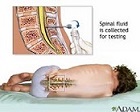
Cerebrospinal,
synovial, pleural, amniotic, pericardial, and peritoneal fluids; semen; vaginal
secretions.
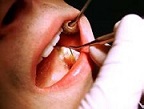
Any material fluid
contaminated with blood; saliva in dental procedures.
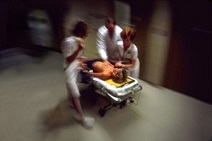
Bodily
fluids in emergency situations that cannot be recognized.
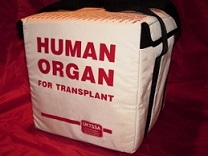
Unfixed
human tissues or organs.
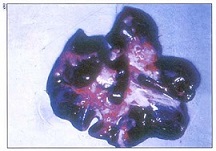
Unfixed
tissues or organs from HIV- or HBV-infected animals.
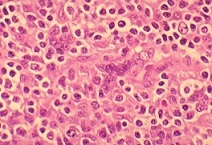
HIV
or HBV cell cultures or culture medium.
II.
Bloodborne Pathogens
Common BBP Diseases
- AIDS is the acquired immunodeficiency syndrome, a serious illness that
harms the body's ability to fight infection, and is caused by the HIV
virus. Though infected individuals may not initially have symptoms of HIV
infection, it may still be possible for them to spread disease.
- Hepatitis
B is an infectious illness caused by HBV which causes
inflammation of the liver, liver infection, cirrhosis, and liver cancer.
Hepatitis B is far more common than HIV and is present in very high
concentrations in the blood of infected persons. A vaccination is
available for Hepatitis B.
- Hepatitis
C is an infectious disease affecting the liver.
Symptoms for both HBV and HCV include flu-like illness, jaundice, dark
urine, extreme fatigue, nausea, abdominal and joint point, and rash. No
vaccine is currently available for Hepatitis C.
Modes of Transmission
- Transmission
can be via direct and indirect contact.
- Transmission
can occur through:
- Accidental
punctures from sharp objects (i.e., needles, broken glass, or other
contaminated sharps).
- Contact
between broken or damaged skin and infected body fluids (e.g., open
sores, cuts, abrasions, acne, or any sort of damaged or broken skin such
as blisters).
- Exposure
to mucous membranes, eyes, nose, or mouth.
- BBPs
are not known to be transmitted across intact skin.
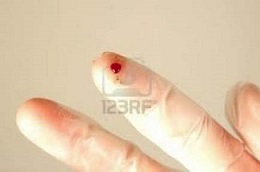
III.
Risk Determination
Exposure Risk Determination
Personnel are
classified as high risk if they:
- Perform
direct patient care activities likely to result in direct or indirect
exposure to blood or body fluids.
- Handle
human blood, body fluids, tissues or organs.
- Handle
equipment, materials or waste that may be contaminated with human blood,
body fluids or OPIMs.
- Routinely
administer first aid.
- Have
potential for to be exposed to blood, body fluids or OPIM in their job
duties.
- Examples:
Physicians, dentists, laboratory workers, healthcare workers, plumbers and
custodial staff, shelter workers, child welfare workers, police officers
and others who carry weapons, first responders, firefighters, kitchen
staff (that may handle sharp equipment), and public safety workers.
Low risk personnel do not perform
any activity listed above (e.g., clerical, administrative staff, IT).
Employee Risk Determination
- The
Office of Compliance initially assigns risk levels and associated training
for all employees based on job title and department.
- Each
supervisor will validate the assigned risk level by reviewing tasks and
procedures associated with the employee’s exposure to human blood, body
fluids, or OPIMs.
- If
the employee’s risk level changes due to supervisory review or the
assignment of new tasks, notify the Biological Safety Officer so that the correct
training module can be assigned.
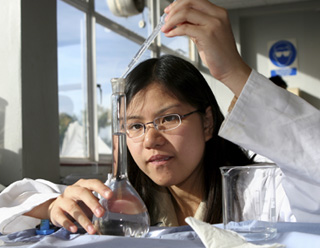
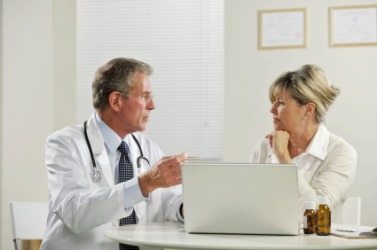
Student Risk Determination
- Students
enrolled in the Schools of Public Health and Graduate Studies are
initially classified as low risk.
- If
due to the nature of their work a School of Public Health or Graduate
Studies student should in fact be classified as high risk, notify the Biological Safety Officer so
that the correct training module can be assigned.
- Since
Public Health and Graduate Studies students are not required to be
vaccinated for hepatitis B, the “high risk” student will obtain the
Hepatitis B vaccination (or verify they are already vaccinated) or
complete the Hepatitis B Consent/Declination
form (appendix A to the ECP) indicating that they decline the
vaccination. Provide the immunization record or signed Consent/Declination
form to Student Health.
IV.
Exposure Response
Exposure Incident
Exposure
Incident: a
specific eye, mouth, other mucous membrane, non-intact skin, or a puncture
contact with blood or other potentially infectious materials that results from
the performance of a person's duties.
For example:
- Needlesticks or scrapes and cuts with
contaminated sharps.
- Contact
with broken skin through cuts or rashes.
- Splashes
to the eyes, nose or mouth.
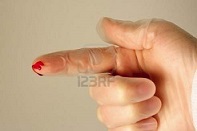
Exposure Response
The following
actions should be taken immediately after exposure:
- Administer
first aid. Wash the needlestick or cut with soap
and water. Notify your supervisor as soon as feasible.
- If
exposure is by splashes or infectious materials to the nose, mouth or
eyes, the affected area should be flushed extensively with water, saline
or sterile irrigating solution.
- Document
the routes of exposure, the biological material of exposure, and how the
incident occurred.
- Seek
medical attention as soon as possible. HIV prophylaxis is most effective
if started within two hours of exposure.
After initial
treatment is complete, make an appointment with your healthcare provider as
soon as possible for appropriate follow-up.
For more
information on exposure response actions, see Section 9 of the Exposure Control Plan
.
Post-Treatment Actions
Following an
exposure incident, the supervisor must report the incident and complete the
appropriate reporting form(s) as outlined in the Incident and Accident Reporting and
Investigation Policy .
Counseling for
employees and students is available through the Campus Assistance Program
(568-8888). The Student Health Clinic can provide access to the Expert Review
Panel on behalf of students.
V. Work Practices
Waste Disposal
- Do
not handle blood, OPIM or any biological materials without proper
training.
- As
working knowledge, bioboxes with red biohazard
liners are used to dispose of biohazardous waste. Sharps containers are
used to dispose of all contaminated sharps (i.e., needles, scalpels).
- All
equipment and containers used to store, transport, or ship blood, OPIM or
any biological materials must have a label with the word “biohazard” and
the biohazard symbol.
- Labels
and signs shall be fluorescent orange or orange-red with lettering and
symbols in a contrasting color.
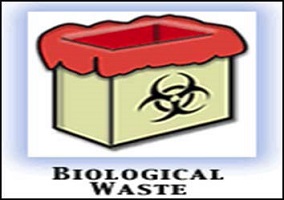
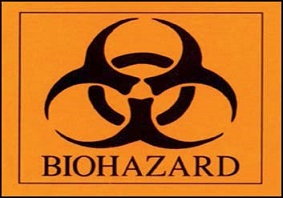
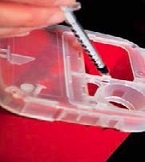
Spill Response
Should a incident or spill occur involving blood or OPIM, contact
University Police immediately. University Police will notify Environmental Health
and Safety to assist in cleaning up the spill.
- Secure
the area, keeping all personnel clear of spill.
- Stand
by during spill response and cleanup activity to provide information and
assistance.
- Refer
to the Biological Spill Response Policy for
additional spill response guidance.